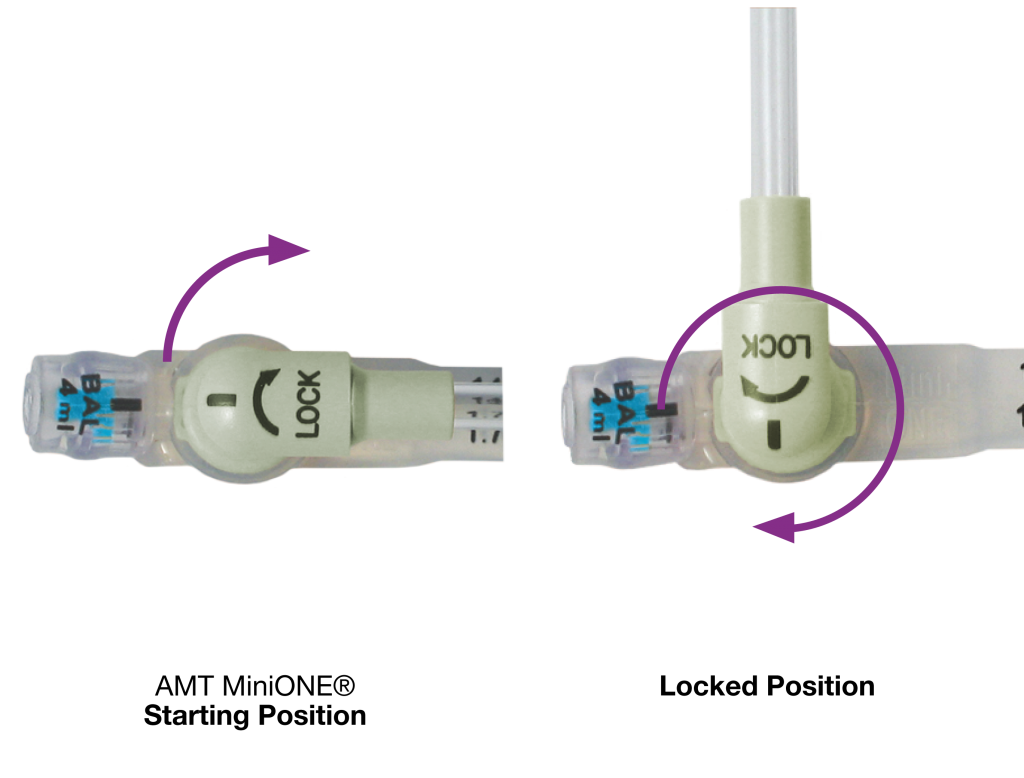G-tube care
G-tube care
Daily care for the first week
You will need: cotton tip swabs, split 2x2 gauze, water or normal saline, 1 inch tape
- Wash your hands with soap and water
- Remove the taped gauze around the G-tube
- Examine the skin for any redness, swelling or drainage
- Wet the cotton swab with water
- Clean the skin with the wet swab
- Pat dry with a dry cotton swab or gauze
- Place a new split 2x2 gauze underneath the gastrostomy button and change it as needed if it becomes wet. You may apply tape as necessary to secure the gauze.
After the first week, you may use a clean soft cloth, liquid antibacterial soap and water to wash around the G-tube.
Please do NOT use the balloon port, deflate or inflate the balloon, change the volume in the balloon or apply any cream to the site.
Securing the tube
Securing the tube will prevent it from being pulled out. It will also help to reduce your child's discomfort.
- Loop the tube and tape it down to the skin so it will not hang down. This will prevent it from getting caught in clothing and being pulled out.
- Tape the extension set to the skin.
- Tape the ends of the button to the skin to prevent dislodgement.
*It is also important to pick clothing that will cover the G-tube button so the tube does not get pulled out.

Connecting and disconnecting the extension tubing
- Hold the button with one hand and use the other hand to connect and disconnect the tubing.
- While continuing to hold the button with one hand, please connect the extension tubing: line up the black line on the extension set with the black line on the button. Push down and turn to the right to lock in place.
- While continuing to hold the button with one hand, please disconnect the extension set: Line up the black line on the extension set with the black line on the button. Lift up and remove the tubing. The feeding extension set should be disconnected once the tube can be clamped. It must be washed with soap and water after each use and replaced with a new one once a week.


Venting and burping the tube
- The term "venting" is used to describe attaching an open syringe to the end of the extension tube to allow gas and stomach content can pass freely up and down the tube. You may also use a Farrell bag (venting bag) to vent by attaching the bag to the end of the extension tube. This helps relieve pressure in your child's stomach.
- If needed, venting should occur with a 60mL catheter tip with an open syringe about 6 to 8 inches above your child's stomach.
Racking the tube feed
- Please place the open syringe about 6 to 8 inches above your child's stomach as instructed above to vent the tube.
- You can then pour small amounts of fluid into the syringe allowing gravity to assist with the flow while allowing the stomach to decompress or burp at the same time. This is called “racking” the feed through the G-tube.
